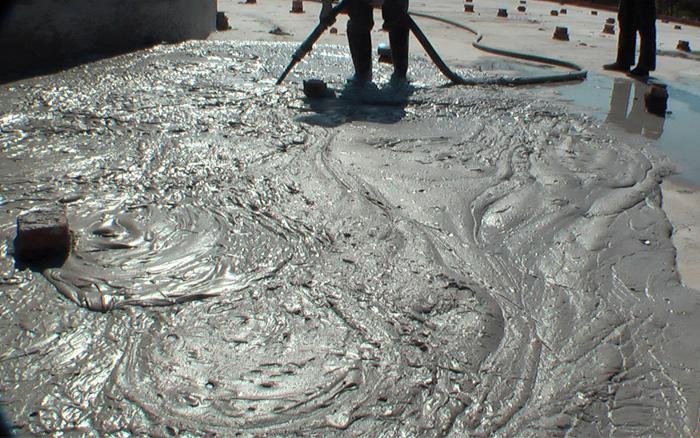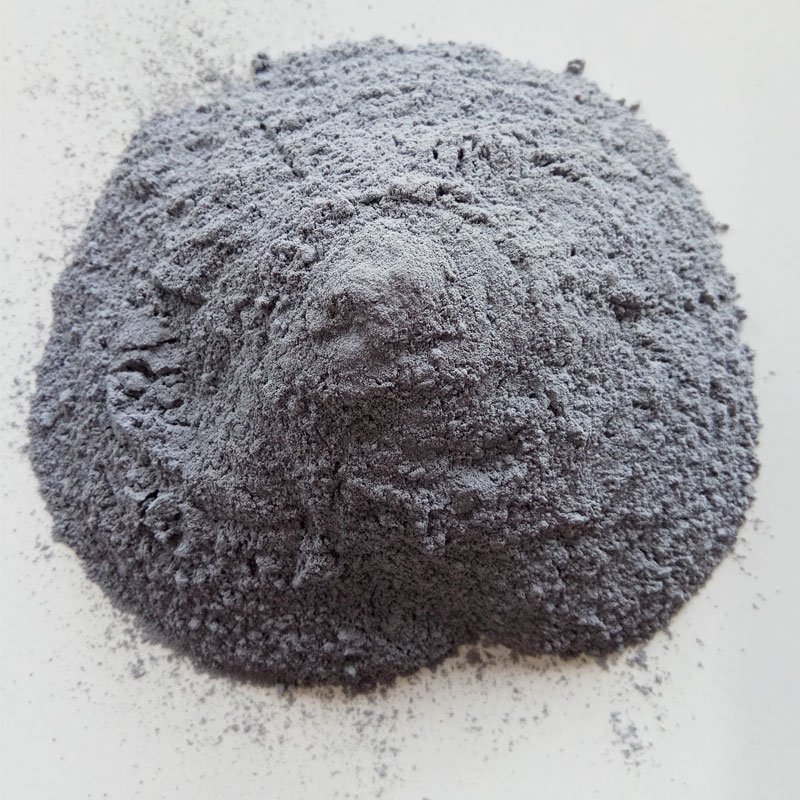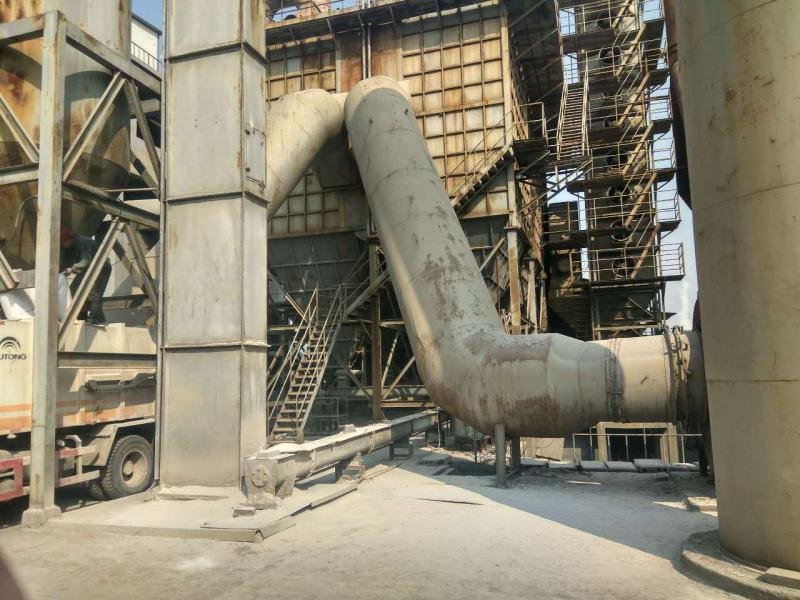Concrete plays an important role in the construction of modern engineering. However, the cracks in concrete are more common, and the cracks in the bridge engineering are almost everywhere. Although various measures are taken during the construction, the cracks still occur. In mass concrete, the temperature stress and temperature control are great significance.
First of all, in the construction of concrete often appear temperature cracks, affecting the integrity and durability of the structure. Secondly, in the process of operation, the change of temperature has a significant influence on the stress state of the structure.
1. the cause of the crack:
There are many reasons for cracks in concrete, mainly due to the change of temperature and humidity, brittleness and inhomogeneity of concrete, unreasonable structure, unqualified raw materials, such as alkali aggregate reaction, template deformation and uneven foundation settlement. During the hardening of concrete, the cement releases a large amount of hydration heat, and the internal temperature rises continuously, causing tensile stress on the surface. In the process of cooling, due to the constraints on the foundation or the old coagulation, the tensile stress will appear in the concrete. The decrease of temperature can also cause large tensile stress on the surface of concrete. When these tensile stresses exceed the crack resistance of the concrete, there will be cracks.
The internal humidity of concrete changes very little or slowly, but the surface humidity may change greatly or change sharply. The shrinkage deformation of the surface is constrained by internal concrete, which often leads to cracks, such as poor maintenance and wet drying.
Concrete is a brittle material, the tensile strength is about 1 / 10 of the compressive strength and ultimate tensile deformation in the short-term loading only (0.6 – 1) * 104, the long-term loading limit only stretch deformation (1.2 – 2) * 104. as raw materials is not uniform, the water cement ratio is not stable, segregation the phenomenon and the transport and construction process, in the same piece of concrete and its tensile strength is uneven, there are many tensile strength is low, easy to weak parts of the cracks. In the reinforced concrete, the tensile stress is mainly carried by the steel bar, and the concrete only bears the compressive stress. In the plain concrete or the edge of the reinforced concrete, if the tensile stress appears in the structure, the concrete must rely on the concrete. The general design requires no tensile stress or only a small tensile stress. However, in the construction of concrete from the highest temperature to the stable temperature of the operation period, often cause considerable tensile stress in the concrete. Sometimes the temperature stress can exceed the stress caused by other external loads. Therefore, mastering the changing rule of temperature stress is very important for reasonable structural design and construction.
The analysis of the temperature stress: three stages according to the forming process of the temperature stress.
1. early: Self pouring concrete from the beginning to the cement heat release end, is generally about 30 days. The two characteristics of this stage are that the cement releases a lot of hydration heat, and the concrete modulus of elasticity sharp change on the coagulation. Due to the change of the modulus of elasticity, the residual stress is formed in the concrete at this time.
2. medium: the role of basic self heat cement concrete until the end of cooling to the temperature stability, during this period, the temperature stress is mainly due to the cooling of the concrete and the outside temperature changes caused by the stress and the early formation of residual stress superposition, during concrete elastic modulus change little.
3. late stage: the period of operation after the concrete was completely cooled. The temperature stress is mainly caused by the change of external temperature, and these stresses overlap with the first two kinds of residual stresses. The causes can be divided into two types according to the temperature stress.
(1) self generating stress: there is no constraint or completely static structure on the boundary. If the internal temperature is nonlinear distribution, the temperature stress due to the constraint of the structure itself occurs. For example, bridge pier, the structure size is relatively large, concrete cooling when the surface temperature is low, the internal temperature is high, the surface tensile stress, compressive stress occurs in the middle.
(2) constraint stress: the whole or part of the boundary of a structure is constrained by the outside, and the stress that can not be caused by the free deformation. Such as box girder top concrete and guardrail concrete. These two kinds of thermal stresses are often combined with the stress caused by the shrinkage of the concrete.




